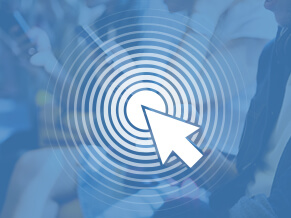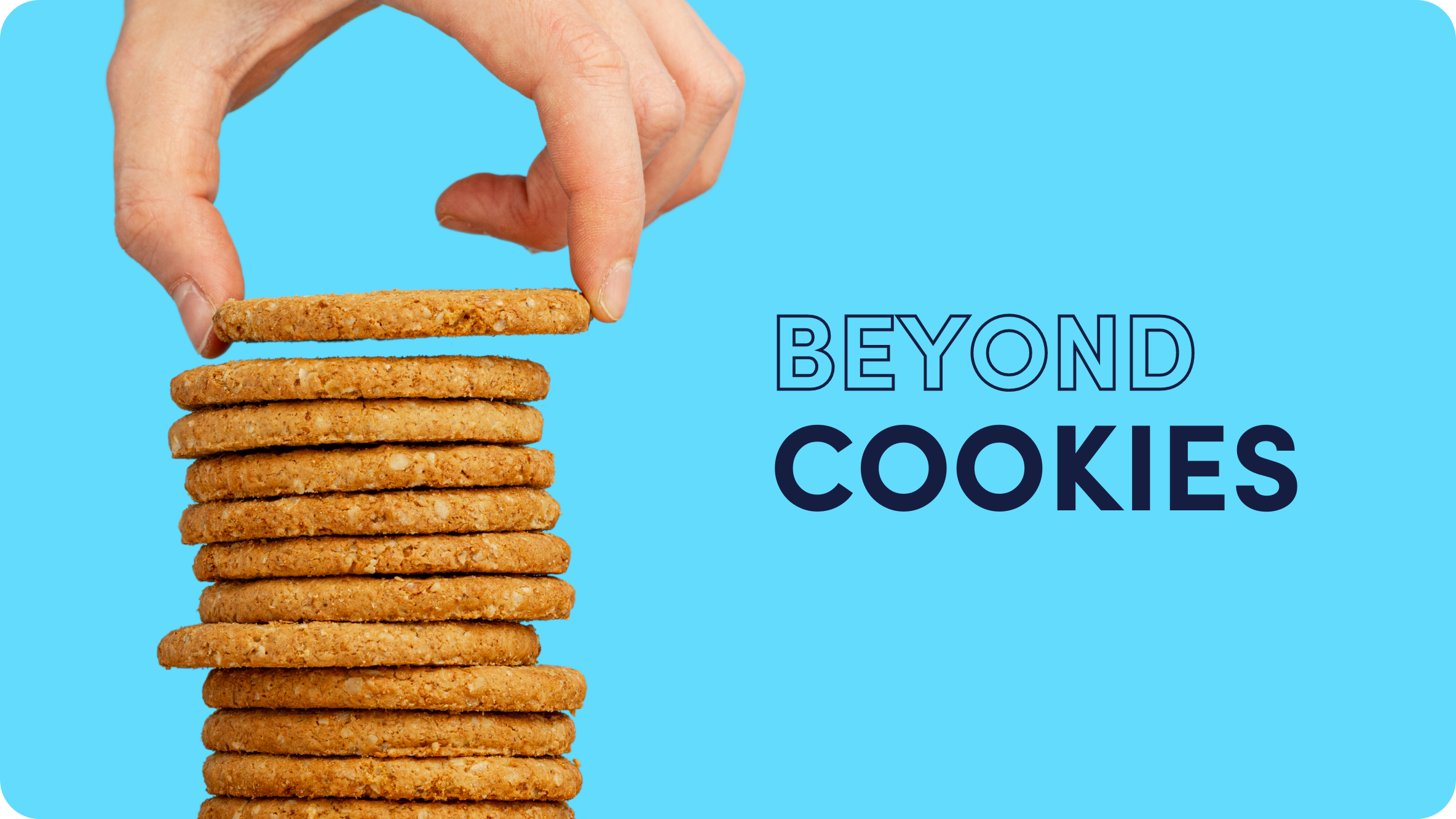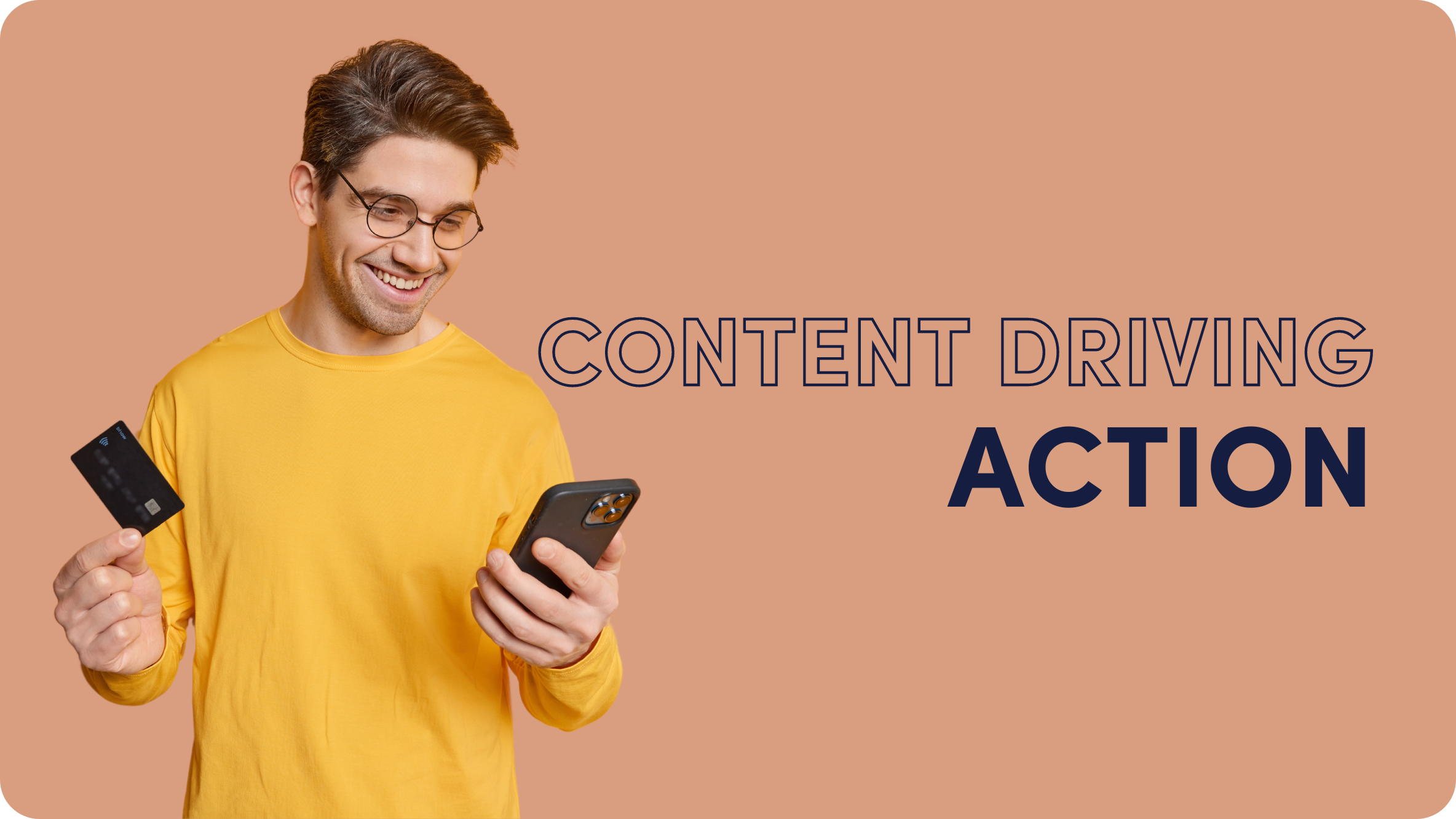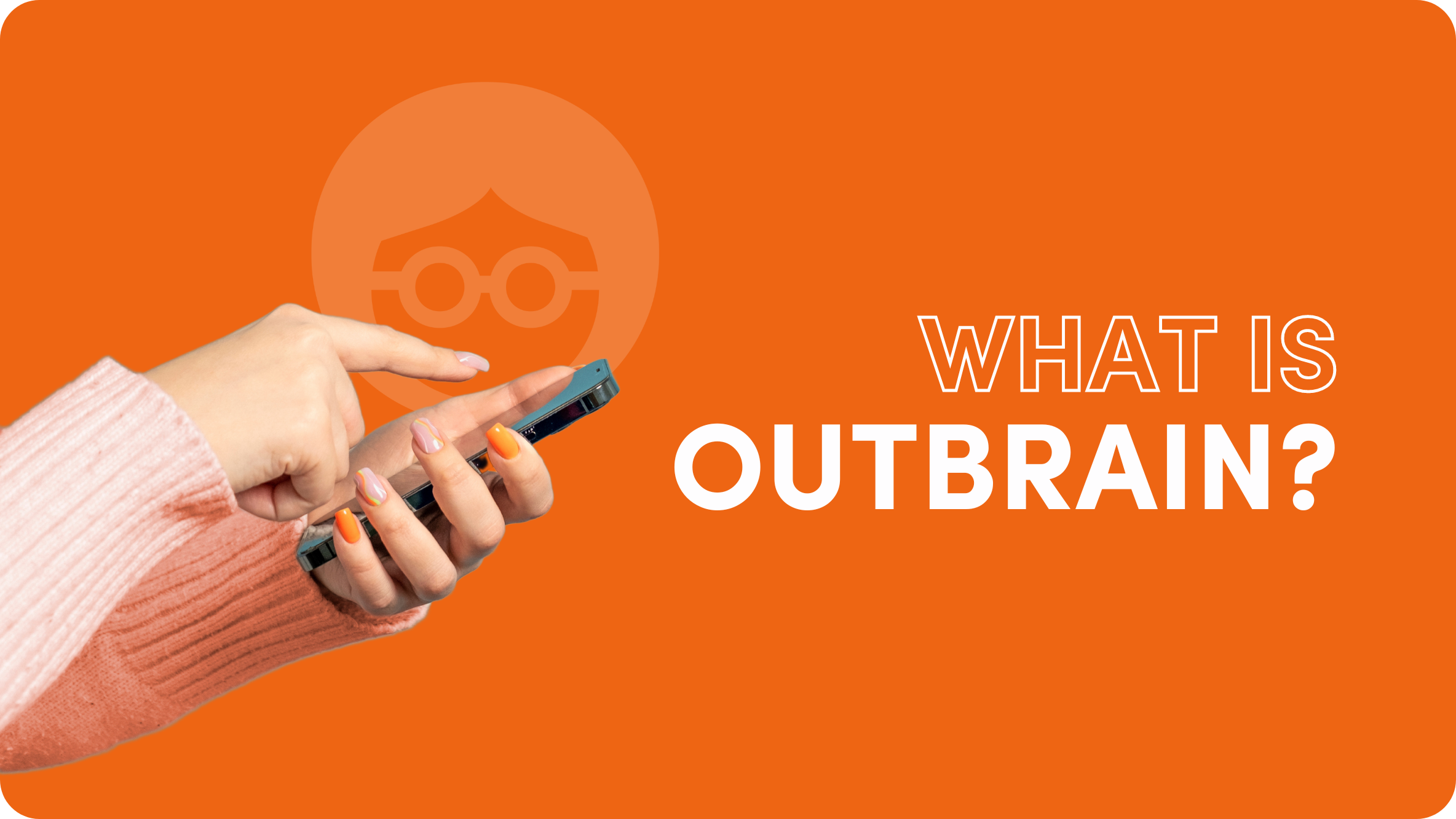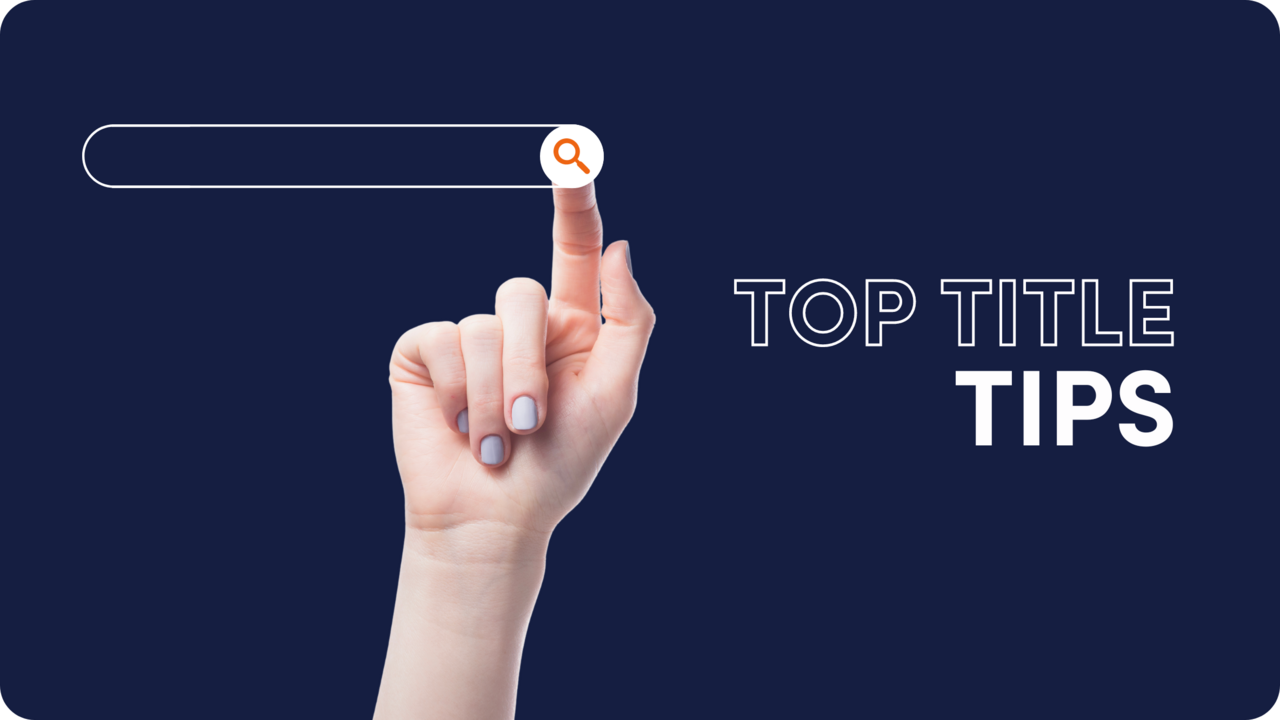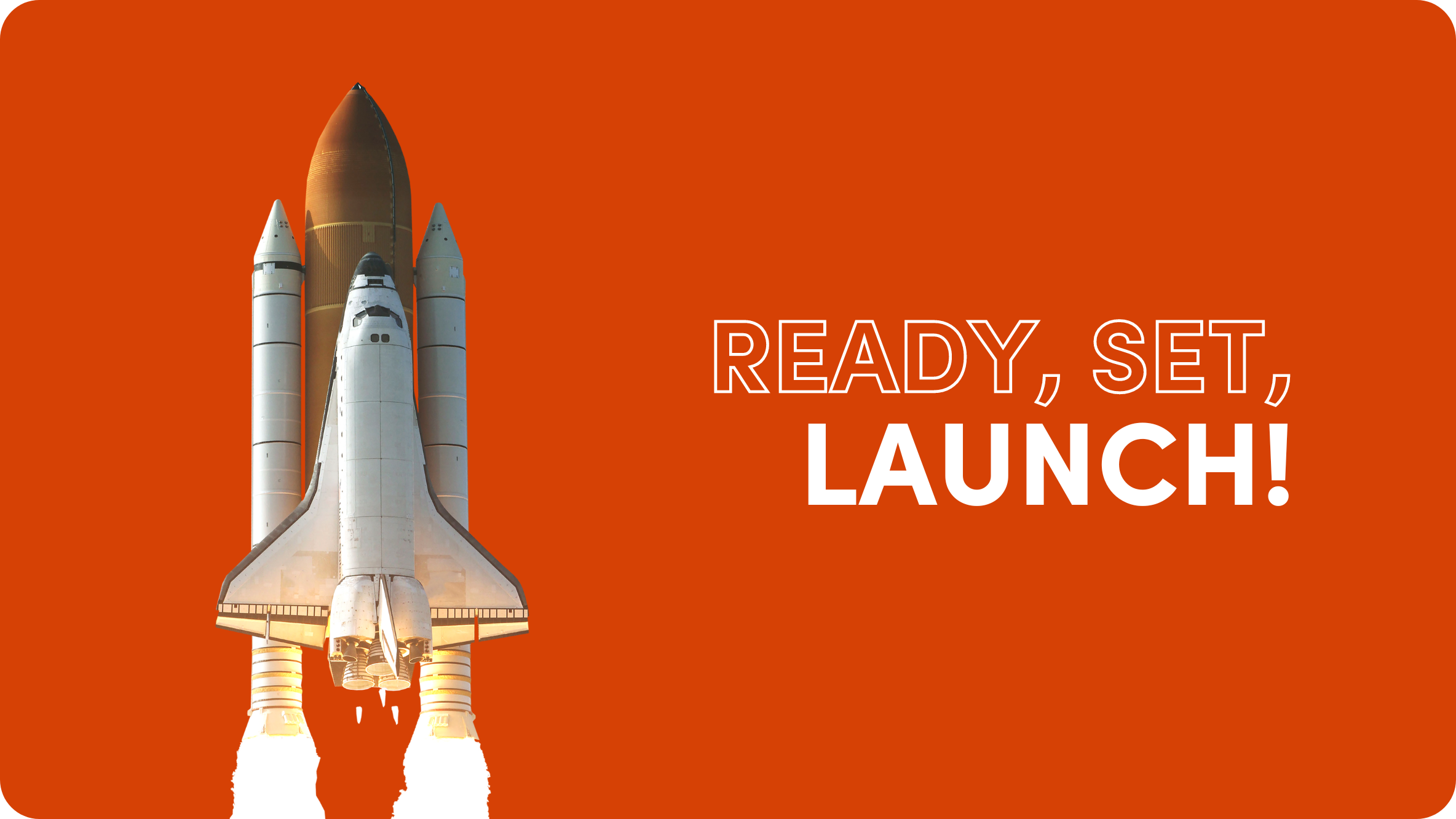How User Engagement Signals Can Help You Scale (Part 2)
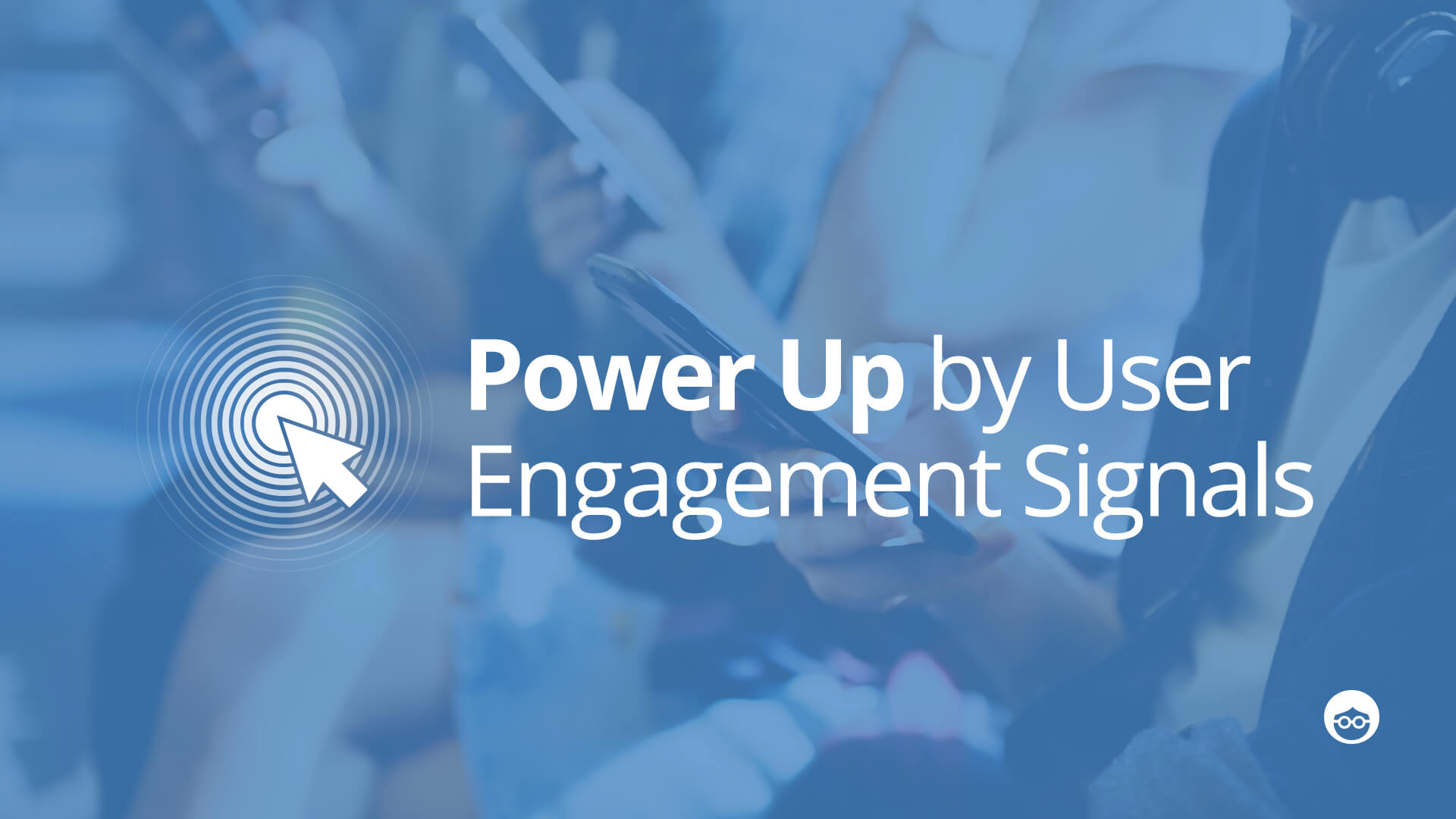
In the previous post, we discussed how using micro-conversions can improve campaigns for various scenarios. In this post, we will dive deeper into creating and using these user engagement signals in your campaigns.
A quick recap on micro conversions
Micro-conversions are user engagement signals that indicate the level of conversion intent of the user.
Classic micro-conversions include the number of pages viewed per session, time spent on site, or scroll depth on a landing page. In other words, they are simply actions a user performs online. From these actions, a smart marketer or data scientist can infer the intent of the user’s conversion.
In absence of actual conversions (due to low volume or early stage of the campaign), these can be a good alternative to set as your KPI, or campaign objective.
Not all users are born equal
Engagement signals can differ greatly across various groups of users on your site.
For example, if you set a micro-conversion for the number of pages seen, you can expect this number to differ greatly between mobile and desktop users.
Another example is scroll depth, which will vary according to the type of page the user is exposed to.
To address the differences in user engagement signals across various users groups, a manual segmentation process is required. This means compiling user segments, for example, iPhone vs Android users, and then testing the differences in engagement across these segments.
While this process can be rewarding, in terms of reaching high-quality, granular audiences, it is usually very time-consuming. Moreover, the analysis usually limits you to the audience on the specific platform, e.g. Google Analytics for Google Ads, making it difficult to take an omnichannel approach.
The rise of AI
The need to analyze multiple user engagement signals and attributes across a multitude of pages and content led us to Fixel. This simple but ingenious tool analyzes a myriad of data points on the fly, scoring each individual user on any website in real time.
By using an artificial intelligence (AI) algorithm, Fixel learns each site’s unique engagement signals, patterns, and user groups, creating a unique process for each site, which is then used to score each individual user and place them into four engagement level based groups: Unengaged, Basic Engagement, Medium or High.
This is then triggered as an event in your preferred ad platforms, for example, Google Ads or Outbrain.
Knowing the user’s relative engagement level gives a good estimate of their interest in your product and their position in the funnel (top, middle or bottom). This, in turn, gives you the knowledge to act on these users in a more sophisticated way, for example, differential bidding and content based on the user’s score.
See how it works
By using Fixel-High as a conversion event, brands and companies can actually scale their online campaigns by targeting users who display high intent and therefore are more likely to convert.
AppsFlyer, the mobile marketing analytics and attribution company, did just that by testing the Fixel engagement signal solution on social media.
The results were impressive: CPA decreased by up to 50%, while leads increased by 35%. (Read the full case study here)
Engagement is a deceptively simple, yet incredibly powerful metric. It’s the bottom line that a skilled data scientist would normally have spent weeks trying to achieve and maintain. At Outbrain, with the help of Fixel, it allows us to build smarter remarketing audiences, at scale, for the first time.
Final thoughts
As performance marketers, we have learned to always look at the bottom line – driving conversions and revenue. But, in some cases, the campaign goals aren’t so simple, and conversions don’t come instantly at scale.
Using the tactics described above, campaigns can be optimized quickly and efficiently, at scale even under the constraints of an ambiguous or nonexistent conversion event.
With the question of targeting the right audiences solved, your focus can shift to the campaign’s creative, strategic goals, messaging and other important optimizations that can really move that needle.
